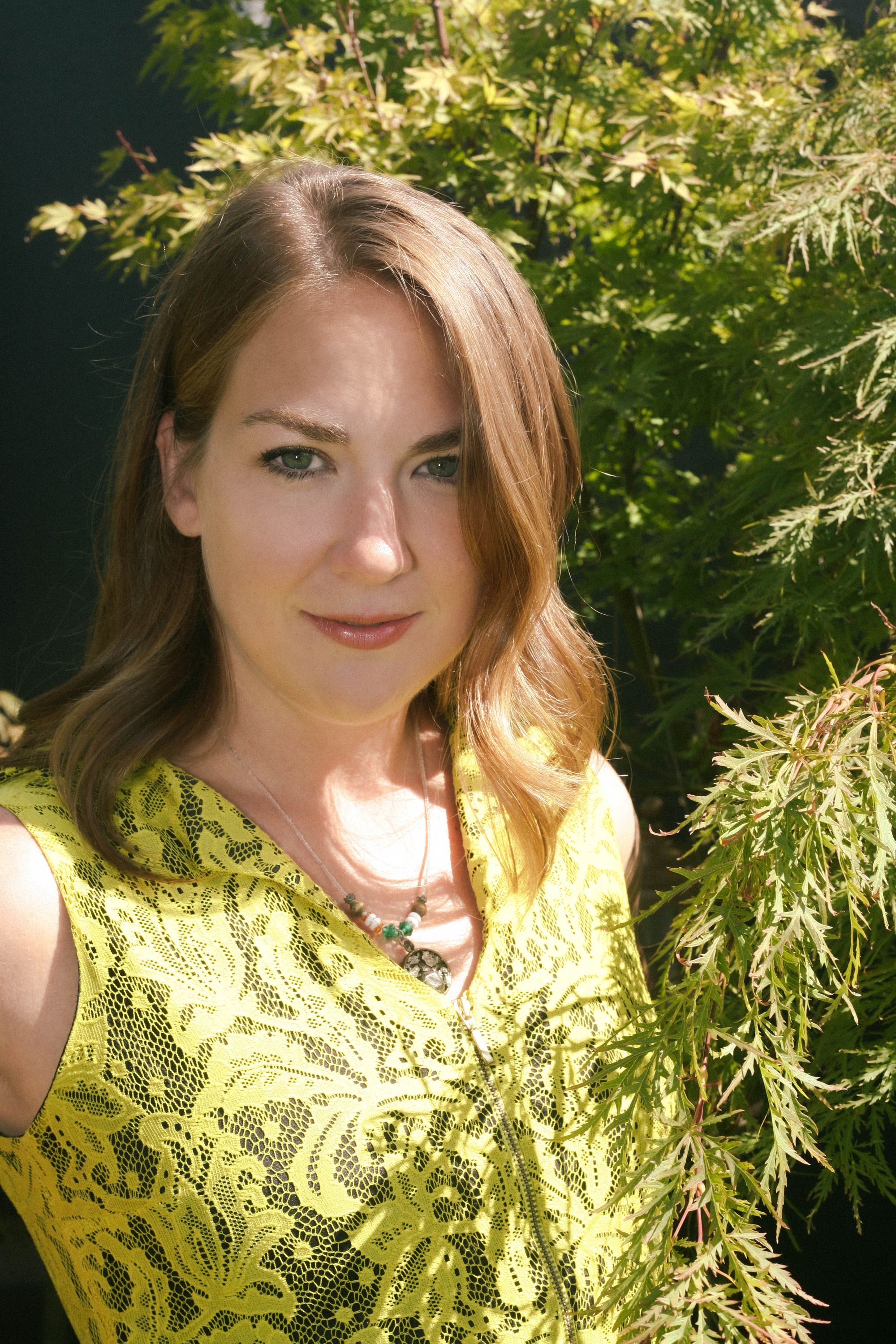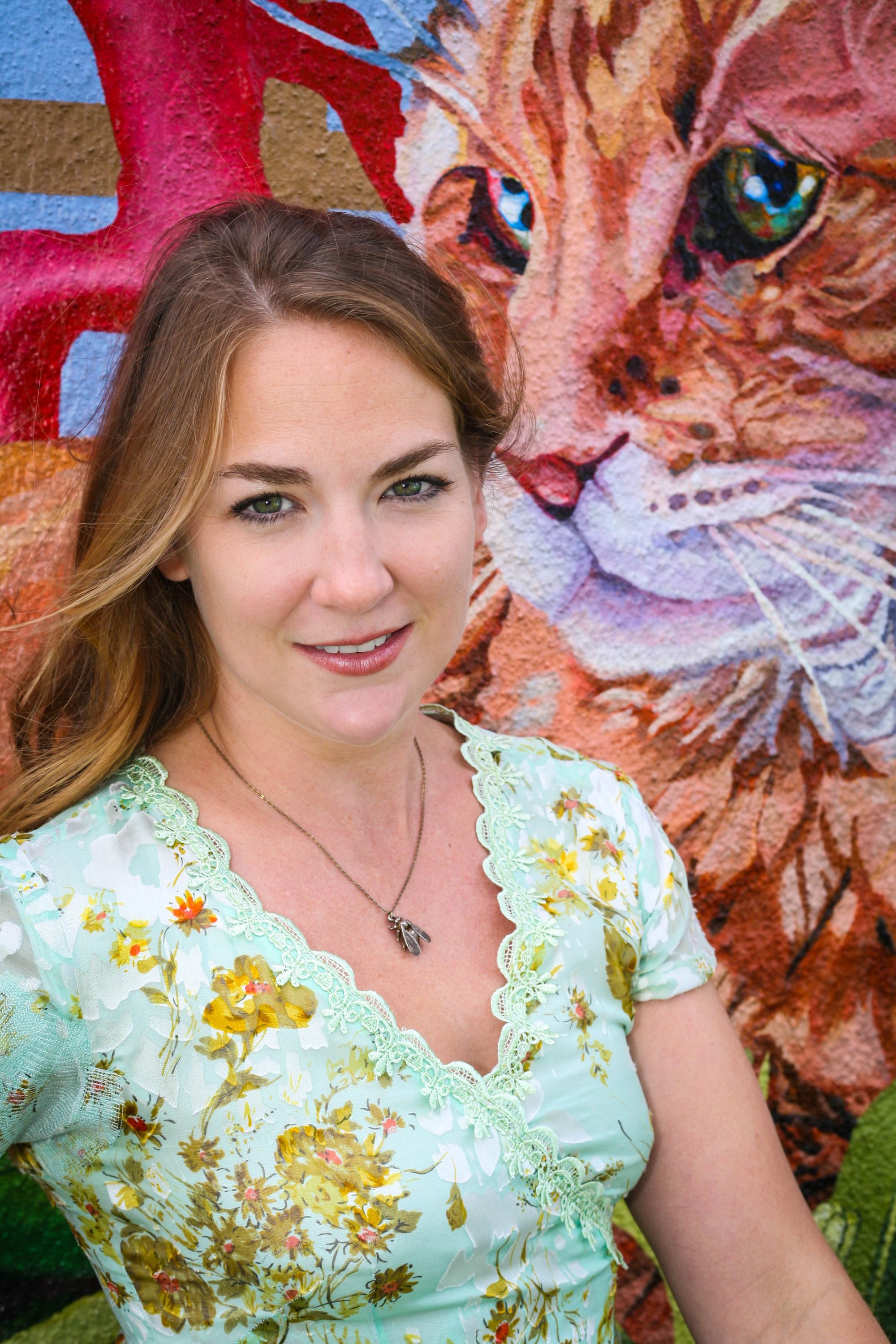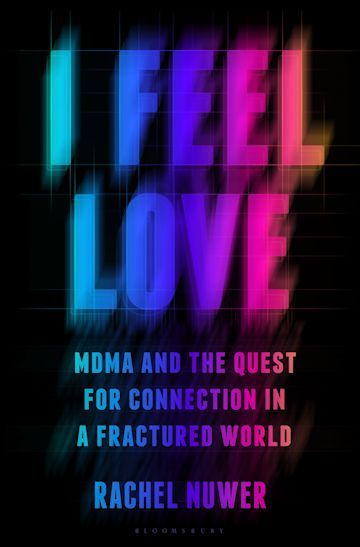Award-winning journalist Rachel Nuwer discusses her new book about ecstasy — and how the psychedelic drug could heal trauma.

What is psychedelic journalism?
In this series, I interview psychedelic journalists and writers from across the globe. Each conversation reflects a fragment of the kaleidoscopic world of psychedelic science and culture. Subscribe to my newsletter to get your free weekly dose of psychedelic journalism.
Rachel Nuwer is a freelance science journalist based in Brooklyn, New York. She regularly contributes to the New York Times, National Geographic, Scientific American and more.
Rachel reports on ecology, conservation and illegal wildlife trade, but has recently expanded her beat to include psychedelic science. Her new book, I Feel Love: MDMA and the Quest for Connection in a Fractured World (2023) will be published by Bloomsbury on 6 June.
As a child, Rachel explored the bayous and beaches of southern Mississippi, which inspired a lifetime infatuation with science and nature. She originally pursued a career as a scientist, hoping to become a conservation biologist.
As a biology student at Loyola University New Orleans, her passion for travel and conservation was triggered by researching Mekong River fishes in Laos. To date she has travelled to 78 countries — six of which she has lived in.

In 2010, she enrolled in an Erasmus Mundus Master’s program in applied ecology, with the majority of her time spent at the University of East Anglia (UEA) in Norwich, UK.
“My thesis investigated natural resource use in and around two national parks in the deep south of Vietnam,” Rachel says. “Resource use could mean things like gathering wood or plants, but it also meant things like poaching of protected and endangered species.”
Her research was published in the scientific journal Oryx. But it became increasingly apparent to Rachel that a career in conservation biology might not make the best use of her talents. As she was pondering her future, a professor mentioned science journalism — and something sparked in her mind.
“As I learned more about science journalism I felt like this could be a way for me to play to my strengths (writing), while still working on the issues I’m most passionate about (science, conservation, wildlife, the environment),” she says.
“I ultimately felt that becoming a science journalist would enable me to contribute greater good to the world than if I just stuck to doing straight-up science.”
In 2011, she earned a second Master’s degree at New York University’s Science, Health and Environmental Reporting Program (SHERP). This eventually led to her first book, Poached: Inside the Dark World of Wildlife Trafficking (2018), which saw Rachel travelling to a dozen countries to investigate the multibillion-dollar illegal wildlife trade.
“The issue of illegal wildlife trade was only just beginning to be covered in the media and to enter into the broader public consciousness,” she says. “My experience in Vietnam made me want to know more about the drivers behind this global problem and to dig beyond the simplistic narratives of good versus evil that often come into play when talking about the poaching problem.”

Rachel was introduced to psychedelics as an undergraduate in New Orleans during a summer studying organic chemistry.
“I had a single weekend off between O-Chem I and II and a friend asked if I wanted to try mushrooms,” she says. “I loved the experience!”
Rachel discovered MDMA, LSD and other psychoactive substances after moving to New York City. But she never considered exploring psychedelics professionally until the pandemic hit.
“I did some soul searching during lockdown in NYC and realised I was burnt out writing primarily about animals dying,” she says. “I wanted to expand my expertise and take on new challenges. I landed on MDMA as a subject matter (I may or may not have been on MDMA at the time this idea dawned on me).”
Rachel says that the lack of strong articles, specifically about MDMA, propelled her to explore psychedelic journalism.
“That said, I really appreciated the deeply reported work of people like Shayla Love and Olivia Goldhill. My friend Kimon de Greef also recently did an awesome piece for the New Yorker about the crazy world of psychedelic toads.”

From June 2021 to June 2022, Rachel wrote her second book, I Feel Love: MDMA and the Quest for Connection in a Fractured World (2023).
“I did some research and realised the moment really seemed perfect for doing a deep dive into this topic, and also that there was a need for an up-to-date book about MDMA.”
Her book tells the story of how the reputation of MDMA was transformed from a dangerous substance that would supposedly eat holes in the brain to a therapeutic agent that could revolutionise the field of mental health and become the first psychedelic approved for widespread clinical use.
MDMA (3,4-methylenedioxymethamphetamine) is a psychoactive drug that floods the brain with serotonin, norepinephrine and dopamine — neurotransmitters related to emotional processing. Also known as ecstasy, it is a synthetic compound that can produce feelings of euphoria, increased energy and heightened sociability.
MDMA's power to dismantle psychological defences and induce feelings of self-compassion and love means it is considered an empathogen (generating a state of empathy) or entactogen (touching from within).

Rachel’s book explores the healing potential of the drug’s pro-social effects for treating depression, alcohol addiction and eating disorders, as well as its application in individual and couples counselling and for cultivating personal growth.
Her narrative weaves through the diverse environments in which MDMA is found, including dance floors, therapist’s couches and cutting-edge laboratories.
Rachel hopes that her book on MDMA helps to set the record straight on one of the most misunderstood drugs in history.
“It can be surprisingly difficult to find reliable information about MDMA and other prohibited substances,” she says. “Even the scientific research done on these drugs has traditionally had a biassed slant.
“In my reporting for the book, I encountered inaccuracies about MDMA published even by reputable media outlets and writers, which really speaks to the need for vetted information about this drug.
“I hope, too, that some readers will find my book to be of practical value for their own lives — whether that means adopting more effective harm reduction strategies for recreational use of MDMA (or any other drug) or exploring the idea of trying MDMA-assisted therapy themselves to address a mental health challenge, to connect more deeply with a partner or just to enhance their life.”
In 2022, Rachel was among the inaugural recipients of the Ferris – UC Berkeley Psychedelic Journalism Fellowship for her article about a fair trade iboga/ibogaine program in Gabon published in National Geographic.
Her reporting for the New York Times broke the news globally about the first Phase 3 MDMA trial for PTSD and was highlighted by Michael Pollan, author of How to Change Your Mind (2018).
Another of her New York Times articles investigated MDMA’s effectiveness for helping combat veterans. It was featured on the Last Week Tonight programme, as John Oliver discussed the history and potential of psychedelic-assisted therapy.
An upcoming piece by Rachel will be published in Wired, which will explore the fascinating neuroscience on the mechanisms behind the effectiveness of psychedelics for therapy and other positive outcomes.
Rachel says that the number of journalists writing about psychedelics has recently exploded, so it can feel like a crowded playing field.
“I plan to cover psychedelics when I can add something meaningful to the conversation, but it probably will not become my sole or even primary beat,” she says. “I’m also still chipping away at producing stories about my original passion: wildlife and conservation.
“I see my role as shining a light on new research that comes out, including possible new solutions like psychedelics. The flipside of that is helping to dispel lingering myths, such as that mental health problems are all dictated by genes.”
Looking to the future, Rachel feels that psychedelic-assisted therapy could be available in the US within the next few years.
“But there’s going to be lots of issues to work out,” she says. “For example, putting measures in place to ensure equity in access and care; making sure therapists are appropriately trained and matched to meet the needs of different patient populations; and trying to come up with more effective solutions for preventing predators from becoming psychedelic therapists.”
Rachel Nuwer is a freelance science journalist based in Brooklyn, New York. You can follow Rachel’s work on her website, Twitter and Instagram. Her new book, I Feel Love: MDMA and the Quest for Connection in a Fractured World, will be published by Bloomsbury on 6 June 2023.
Feature Image: Gilbert Gonzales
